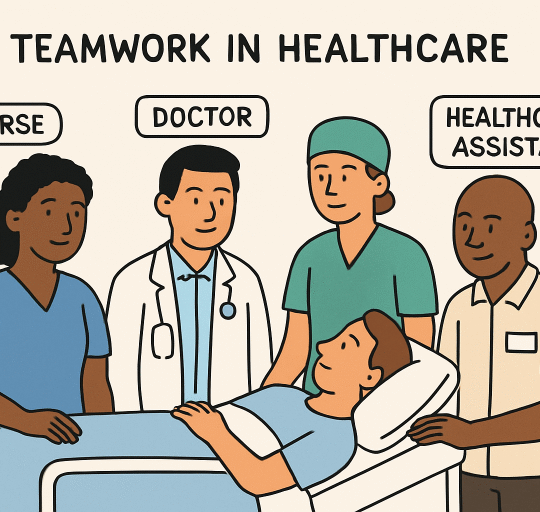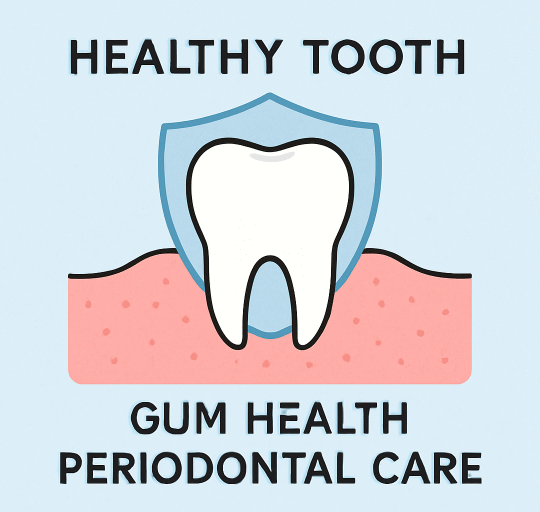 Finding out that you have cancer can be an overwhelming feeling full of confusion and anxiety about what lies ahead. The next step from the diagnosis is choosing the type of treatment majorly done with a doctor’s help.
Finding out that you have cancer can be an overwhelming feeling full of confusion and anxiety about what lies ahead. The next step from the diagnosis is choosing the type of treatment majorly done with a doctor’s help.
The doctor recommends the ideal type of treatment depending on the type of cancer and the cancer stage. The doctor can either recommend one type of treatment or a combination of the various treatments.
Types of Treatment
Cancer treatments are divided into Local and Systemic. Local is like radiation and surgery, whereas systemic treatments are the ones that alter bodily functioning such as targeted therapy, immune therapy, and chemotherapy.
1. Surgery
There are several surgical procedures that all entail removing the tissue containing the cancer cells:
Preventive Surgery
Doctors perform a preventive surgery to remove tissue with tissues that are not yet cancerous and can potentially grow into malignant tumours, for example, polyps tissue in a colon.
Curative Surgery
Curative surgery removes the tumour and cancerous tissue from the body. It is the basic treatment that is often backed up by radiation or other systemic treatments.
Diagnostic surgery
Doctors do surgery in the diagnosis stages to test the probability of cells being cancerous. The procedure involves removing the tissue as a testing sample in the lab. The results of this step are a diagnosis confirmation, identifying the cancer type, and the stage.
Cryosurgery
This technique uses highly cold temperatures to destroy cancer cells, mostly in cervical and skin cancer.
Laser surgery
This surgery uses light energy to kill cancer cells, reduce or destroy tumours, and activate cancer drugs. There are multiple types of surgeries doctors deploy in treating cancer.
2. Radiation Therapy
Radiation therapy uses high-energy rays to terminate the cancer cells. External beam radiation kills the cells in a targeted area using a machine outside the body, and internal radiation or brachytherapy uses radioactive implants to kill cancer cells.
3. Chemotherapy
Chemotherapy slows down cancer cells’ growth rate by blocking the cells’ access to their growth hormone or even destroys the cells. In the chemo, your doctor gives you a pill or a capsule that activates the whole procedure. Your doctor will recommend the best out of the over 100 drugs options.
4. Immunotherapy
Immunotherapy is done by doctors targeting improving the immune system to fight cancer or withstand treatment’s side effects. There are three types of immune therapy:
Cancer vaccines- The vaccines give the body immune feedback against cancer cells to attack them better. Vaccines can sometimes prevent the occurrence of other types of cancer in the future
Immune checkpoint inhibitors that give the immune system brakes to help find and fight cancer cells. Monoclonal antibodies deceive the body into believing they are natural antibodies and help it attack the cancer cells.
5. Hormone Therapy
Doctors apply hormone therapy in cancers that depend on a hormone to grow, such as breast and prostate cancer. This type of treatment will slow down the growth of cancer cells in the body. You can get hormone therapy either as an injection or a pill.
Hormone therapy shrinks the tumours and spreads out to destroy cancer cells that have gone to other parts of the body. It is one type of treatment that reduces the chances of cancer recurring.
6. Stem cell Transplant
Stem Cells transplant procedure helps patients who have had adverse destruction of their blood-forming stem cells by chemotherapy and radiotherapy. It is mostly used in treating blood cancer and cancer of the lymph nodes.







